In addition, schools increase internationalization and improve accessibility for international students.
A new study by education organisation Studyportals and the British Council shows that the balance of international student attraction in higher education is gradually shifting, with many Asian institutions emerging as attractive alternative destinations to traditional English-speaking countries.
Through an analysis of data from 51 million prospective students, the report noted that more than 20,000 English-taught programs are offered at around 600 highly ranked universities in Asia. This shows that Asian education systems are gradually expanding their influence and consolidating their position in the global education market.
“The global focus of higher education is clearly shifting,” said Edwin van Rest, CEO and co-founder of Studyportals. “Where universities in Asia and the Middle East and North Africa (MENA) previously sent their students abroad, they are now retaining their students at home while also attracting international students. This not only limits the “brain drain” but also increases the academic reputation and competitiveness of local institutions.”
The strongest growth in demand for study abroad was recorded in Japan and China, while Malaysia, India and Taiwan (China) maintained positive growth. At the same time, Western universities are stepping up transnational education (TNE) collaborations, with Asia now the destination with the largest number of branch campuses, far ahead of the MENA region and Latin America.
Not only Asia, educational centers in the Middle East such as the UAE, Saudi Arabia and Qatar have also emerged with strong internationalization strategies, including expanding foreign branch campuses and offering full scholarships to attract talent. In the UAE, the E33 Education strategy is considered a factor promoting this country to become an important transnational training center in the next decade.
In addition, there is a growing demand for online and blended master’s programs in the region, which aims to expand access for students with financial or mobility constraints. Experts say this is a sustainable trend, in line with the digital transformation in higher education.
Meanwhile, Latin America is seen as a less competitive destination due to the lack of English-medium curricula, limited opportunities for cross-border training cooperation, and unclear linkages between education and the labor market. To keep up with the development of Asia and MENA, educational institutions here need to invest in teacher training, internationalize curricula, and innovate educational governance models.
“With Canada tightening its international student quotas and the UK imposing a dependent ban on postgraduate courses, many students are choosing to study closer to home to mitigate the risks of policy changes,” said Karl Baldacchino, a research expert at Studyportals.
Source: https://giaoducthoidai.vn/giao-duc-dai-hoc-chau-a-troi-day-post754597.html


![[Photo] The Third Patriotic Emulation Congress of the Central Internal Affairs Commission](https://vphoto.vietnam.vn/thumb/1200x675/vietnam/resource/IMAGE/2025/10/30/1761831176178_dh-thi-dua-yeu-nuoc-5076-2710-jpg.webp)

![[Photo] Prime Minister Pham Minh Chinh attends the 5th National Press Awards Ceremony on preventing and combating corruption, waste and negativity](https://vphoto.vietnam.vn/thumb/1200x675/vietnam/resource/IMAGE/2025/10/31/1761881588160_dsc-8359-jpg.webp)
![[Photo] General Secretary To Lam attends the Vietnam-UK High-Level Economic Conference](https://vphoto.vietnam.vn/thumb/1200x675/vietnam/resource/IMAGE/2025/10/30/1761825773922_anh-1-3371-jpg.webp)


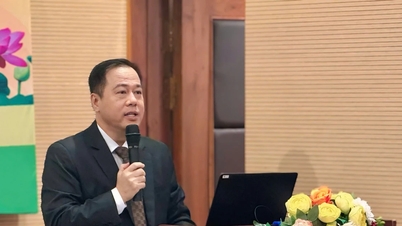

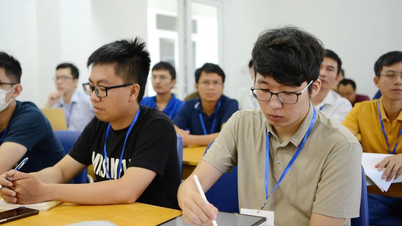




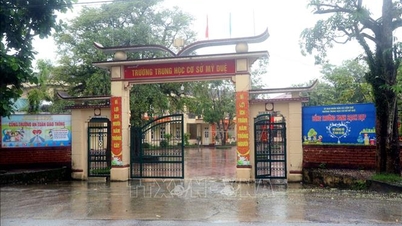














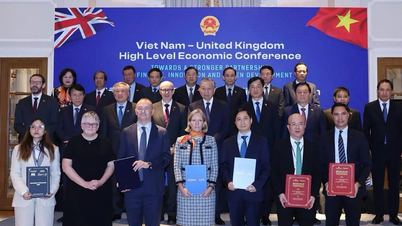

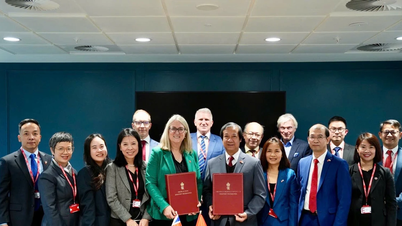
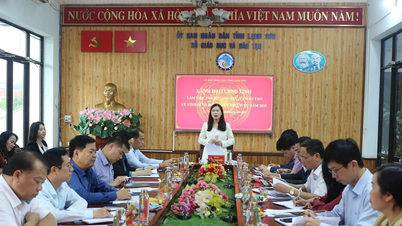
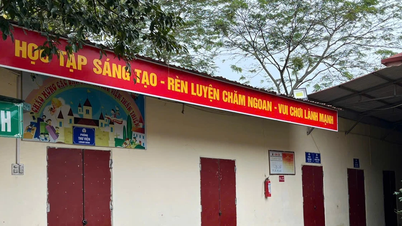



















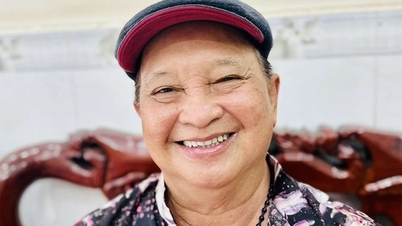




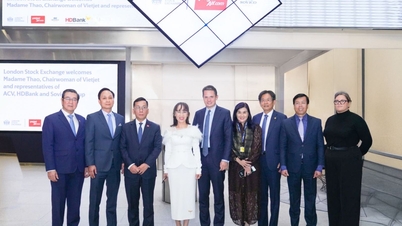
















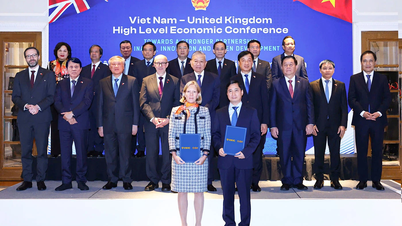

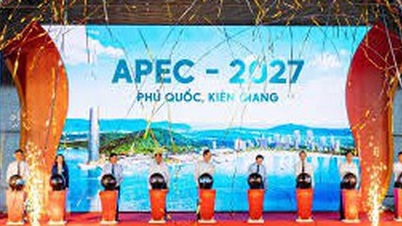


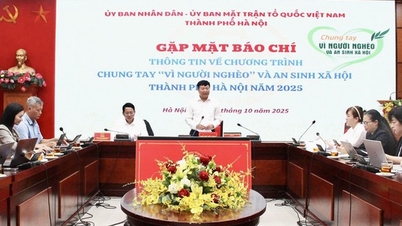

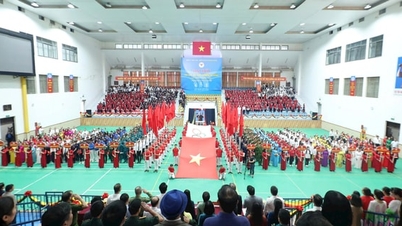


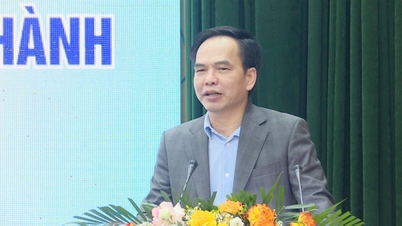




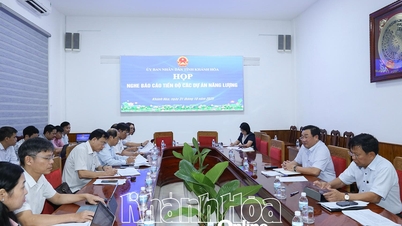














Comment (0)